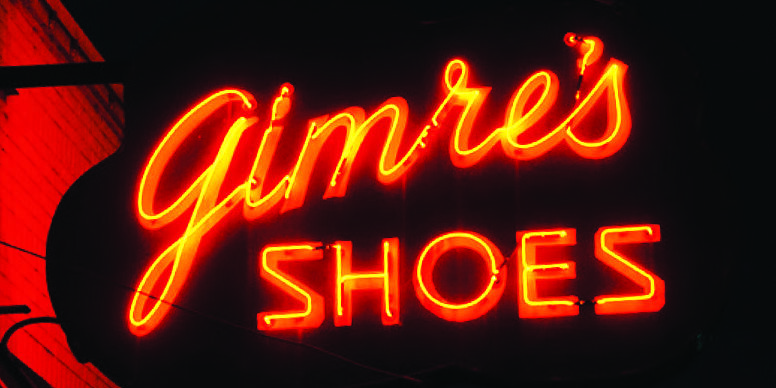Douglas Towne
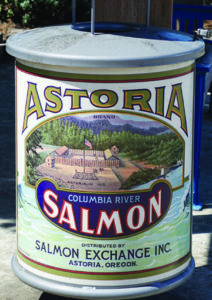 Astoria, a small city located at the mouth of the Columbia River, is known as the “Graveyard of Ships” because of the hundreds of nearby shipwrecks. Many of these wreckages were caused by challenging currents formed by where the mighty river meets the Pacific Ocean. The meeting of these two water bodies is so treacherous that a bar pilot is required to steer ships through the Columbia’s mouth, and a river pilot is necessary for vessels to venture upstream to destinations including Portland.
Astoria, a small city located at the mouth of the Columbia River, is known as the “Graveyard of Ships” because of the hundreds of nearby shipwrecks. Many of these wreckages were caused by challenging currents formed by where the mighty river meets the Pacific Ocean. The meeting of these two water bodies is so treacherous that a bar pilot is required to steer ships through the Columbia’s mouth, and a river pilot is necessary for vessels to venture upstream to destinations including Portland.
Fortunately, the port city is much kinder to its commercial archeology. Vintage businesses and retro roadside touches abound throughout downtown, which is situated at the base of a steep hill that descends to the river. There’s much history to take in, as Astoria was the first permanent U.S. city on the Pacific Coast. The city was named after John Jacob Astor, an investor from New York City whose American Fur Company founded Fort Astoria in 1811.
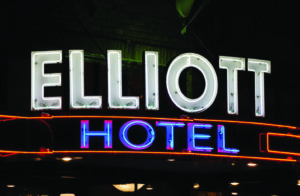 Astoria’s economy centered on fish processing; it became the salmon canning capital of the world by the 1880s. Canneries were built on wooden pilings stretching out into the Columbia River. At the industry’s peak, 17 canneries were packing 12 million pounds of salmon annually. Pollution, over-fishing, and dams eventually killed the salmon industry; the last major fish cannery closed in 1980. One nice retro touch is the city’s trash cans, which display vintage labels from the canneries that once operated along the waterfront.
Astoria’s economy centered on fish processing; it became the salmon canning capital of the world by the 1880s. Canneries were built on wooden pilings stretching out into the Columbia River. At the industry’s peak, 17 canneries were packing 12 million pounds of salmon annually. Pollution, over-fishing, and dams eventually killed the salmon industry; the last major fish cannery closed in 1980. One nice retro touch is the city’s trash cans, which display vintage labels from the canneries that once operated along the waterfront.
Tourism drives the city’s economy today. Restaurants and bars now occupy the wooden piers, and large cruise ships have been docking in Astoria since 1982. There are many intriguing places to stay, including the stately Elliott Hotel known for its “Wonderful Beds” and the Atomic Motel which declares on its marque, “We’re Fun!” A spiffy Nash Metropolitan is parked out front, sure to catch your eye.
1. Astoria Column
Coxcomb Hill
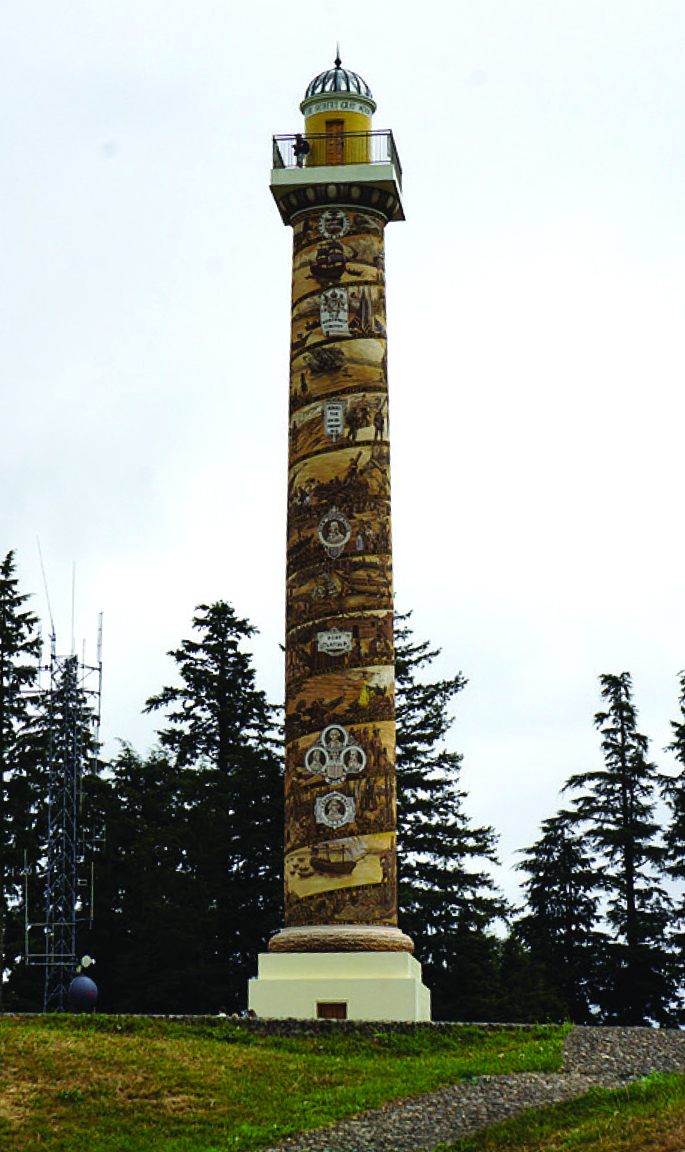
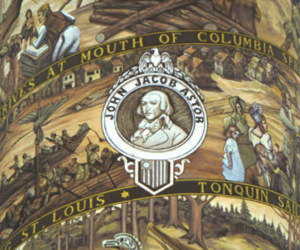 Astoria Column is an excellent introduction to the city. The 125-foot tower can be climbed using a 164-step interior spiral staircase that leads to an observation deck offering a panoramic view of the area. There’s an incredible amount of water in every direction, which is a remarkable sight for visitors from Phoenix! The tower was built in 1926 with financing by the Great Northern Railway and Vincent Astor of the Astor family, the great-grandson of John Jacob Astor. The column commemorates the city’s role in the Astor family business and the region’s early history. The exterior of the column is decorated with a graffito frieze, a wall décor technique created by applying layers of plaster tinted in contrasting colors to a moistened surface. The frieze depicts 14 major events in Oregon’s history.
Astoria Column is an excellent introduction to the city. The 125-foot tower can be climbed using a 164-step interior spiral staircase that leads to an observation deck offering a panoramic view of the area. There’s an incredible amount of water in every direction, which is a remarkable sight for visitors from Phoenix! The tower was built in 1926 with financing by the Great Northern Railway and Vincent Astor of the Astor family, the great-grandson of John Jacob Astor. The column commemorates the city’s role in the Astor family business and the region’s early history. The exterior of the column is decorated with a graffito frieze, a wall décor technique created by applying layers of plaster tinted in contrasting colors to a moistened surface. The frieze depicts 14 major events in Oregon’s history.
2. Gimre’s Shoes
239 14th Street
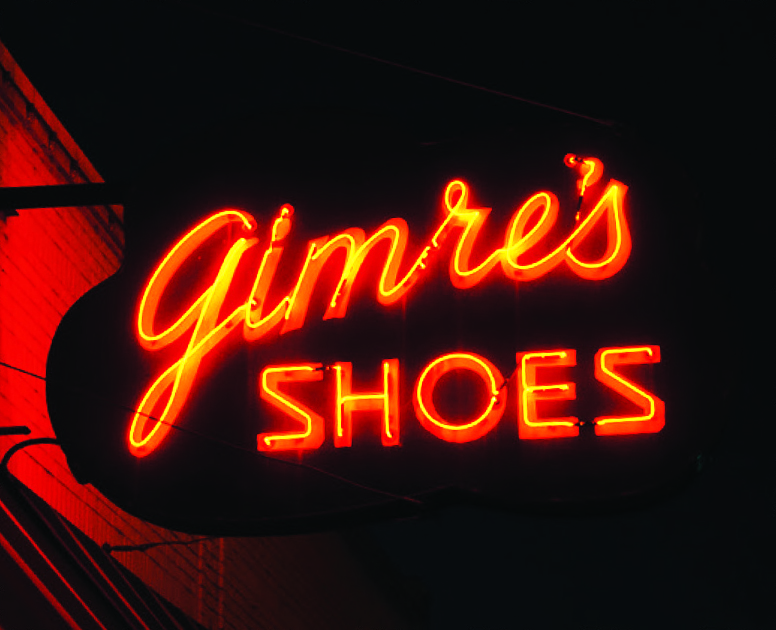
 Gimre’s Shoes is the oldest family-owned shoe store in the West. The Gimre family emigrated from Norway. Sven, who is the grandfather of the present owner, Pete Gimre, founded the store in 1892. This Mom and Pop business appears untouched since the 1950s, with a red neon sign, a white-tile store apron with Gimre’s spelled in green tile, and shoe displays in the windows. It’s like walking back in time.
Gimre’s Shoes is the oldest family-owned shoe store in the West. The Gimre family emigrated from Norway. Sven, who is the grandfather of the present owner, Pete Gimre, founded the store in 1892. This Mom and Pop business appears untouched since the 1950s, with a red neon sign, a white-tile store apron with Gimre’s spelled in green tile, and shoe displays in the windows. It’s like walking back in time.
3. Labor Temple & Cafe
9934 Duane Street
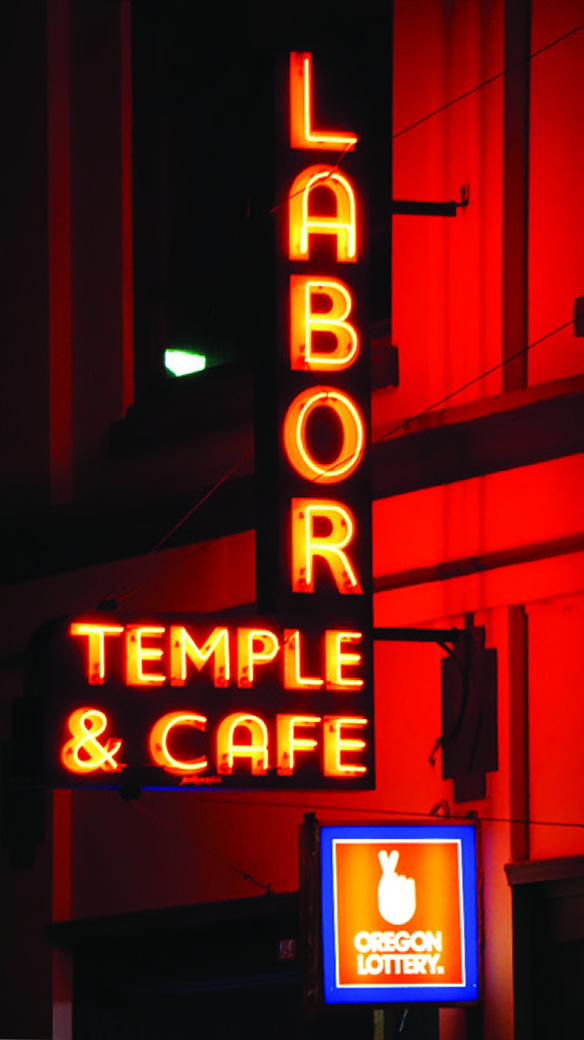
 The Labor Temple & Cafe was the home of unions represented by the Astoria Labor Council upon its opening in 1924. The building is the oldest Union Hall in the Pacific Northwest and still provides meeting space to a few unions on the second floor. Today the ground floor is a café and bar, staffed by non-union employees.
The Labor Temple & Cafe was the home of unions represented by the Astoria Labor Council upon its opening in 1924. The building is the oldest Union Hall in the Pacific Northwest and still provides meeting space to a few unions on the second floor. Today the ground floor is a café and bar, staffed by non-union employees.
4. Finnish Meat Market Building
270 West Marine Drive
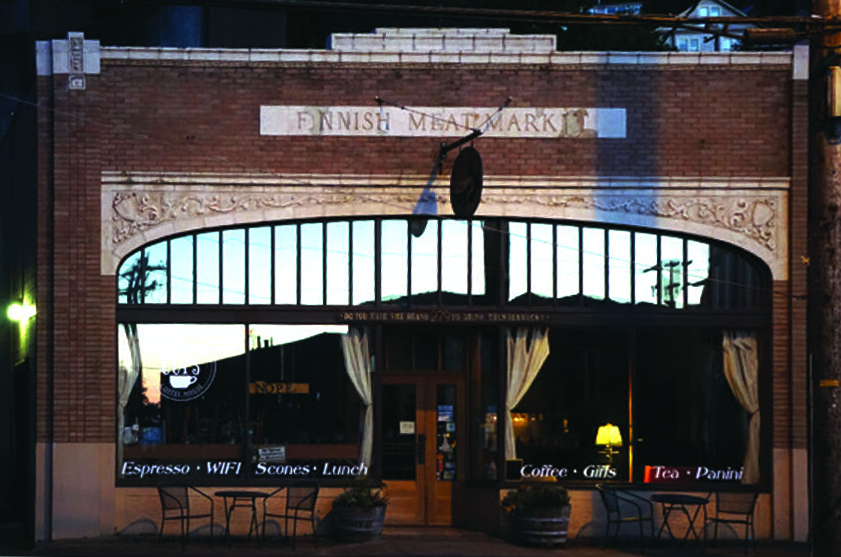
Finnish Meat Market Building was constructed in 1924 in Astoria’s Uniontown neighborhood. The district was a popular destination for Nordic immigrants, primarily Finns. Many worked in the lumber industry while others became salmon fishermen on the Columbia River. The Astoria-Megler Bridge cast a shadow over the market when it was completed in 1966.The Finnish Meat Market building has been the home of the 3 Cups Coffee House since 2008.
5. Custard King
1597 Commercial Street
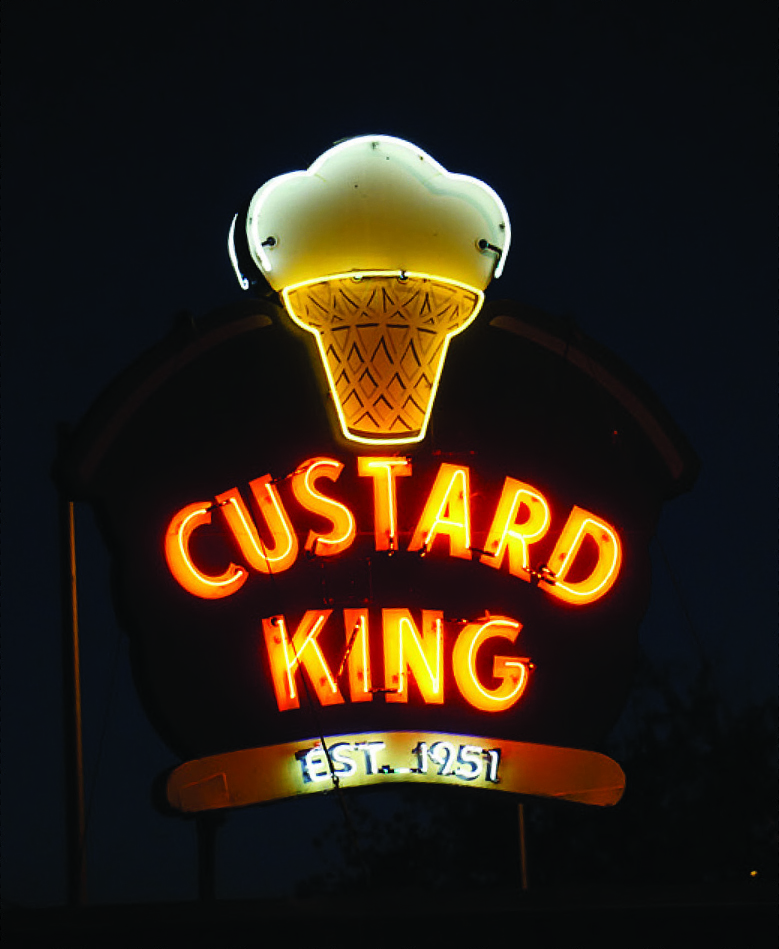
Custard King opened for business in 1951, serving burgers, fries, and frozen custard. Under new ownership since 2015, the drive-in now features local ingredients like Tillamook cheese, along with healthy fare like a kale salad called “Kale to the King,” referencing the Elvis Presley mural on the building. Rocket City Neon, located across the Columbia River in Vancouver, WA, built the ice-cream-cone.shaped neon sign.
Did you enjoy this article? Join the SCA and get full access to all the content on this site. This article originally appeared in the SCA Road Notes, Winter 2018, Vol. 27, No. 4. SCA Road Notes, informally known as SCA News, is a quarterly publication and a member benefit of the Society for Commercial Archeology. Back issues are available for download.
More Articles Join the SCA


